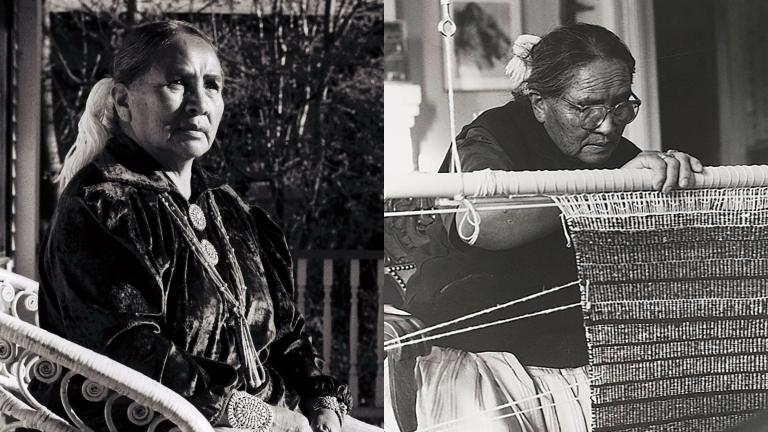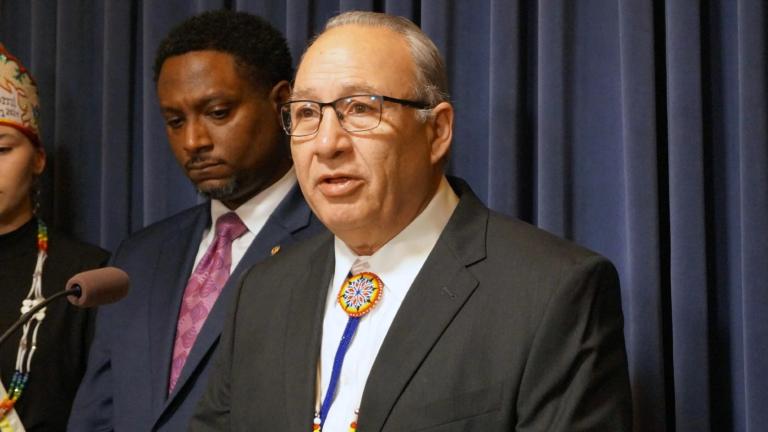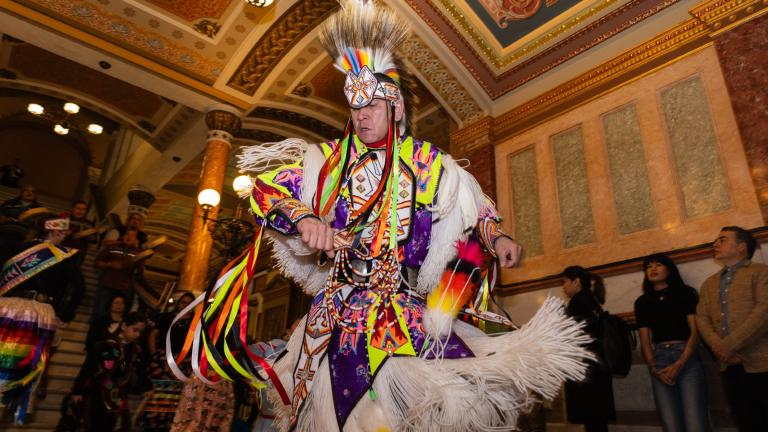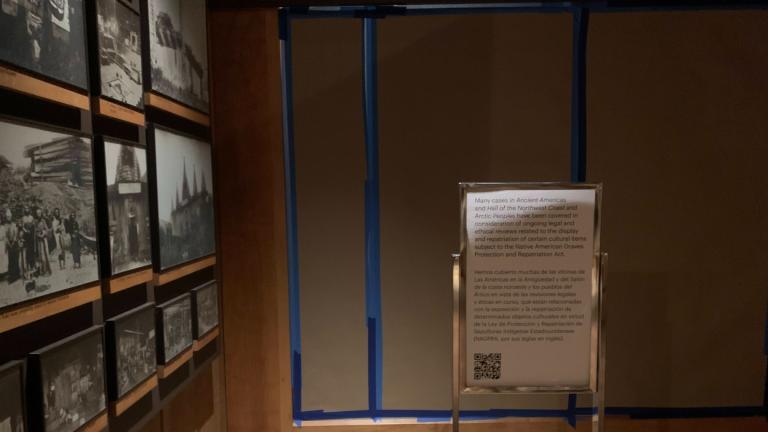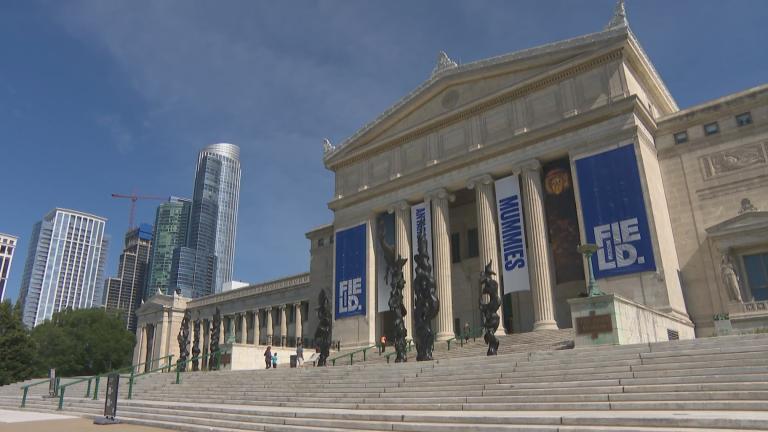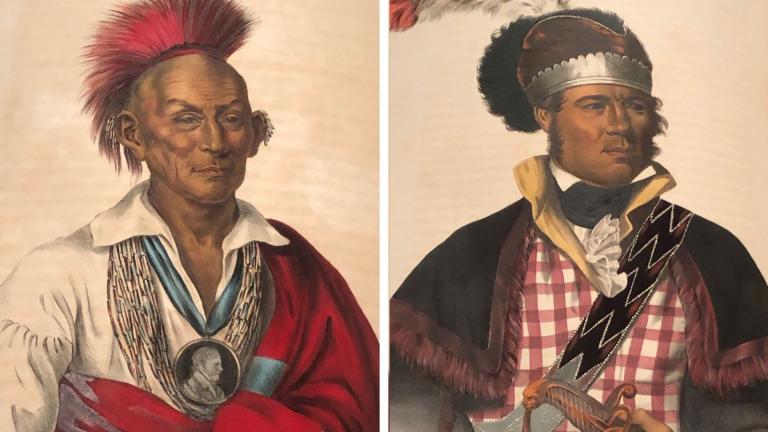Thanksgiving brings families and friends together across the country, but for many Native Americans it’s also recognized as the National Day of Mourning.
“We put this myth out there that Thanksgiving was a time where Native Americans and Pilgrims came together and had a happy meal and sat down and discussed what they were thankful for, when really, that’s not what happened,” said Anthony Michael Tamez, a member of Chi-Nations Youth Council who is also First Nations Cree, Sicangu Lakota and Black.
The history behind Thanksgiving for many Native Americans is marked by massacres, disease and the exploitation of land that their ancestors endured. The false narrative people might have about Thanksgiving is often rooted in how it’s taught in schools.
Nikki McDaid Barry said students should be taught the truth. Barry is a Ph.D. candidate in Learning Sciences at Northwestern University and an incoming assistant professor of environmental justice education at UCLA. She is from the Shoshone-Bannock Tribes of Fort Hall, Idaho, and of Paiute and Irish descent.
“In conversation with various schools about this, I have heard the pushback, ‘Well it’s a really hard history for kids to learn about: genocide.’ And it is, but it’s something that we [Native Americans] don’t have the privilege of not learning about,” Barry said. “We know our histories from when we’re quite young, my kids know those histories and for them to be ignored and for a white-washed version of it to be told is actually harmful to Native children.”
The Chicago American Indian Community Collaborative recently organized in Springfield in an effort to introduce legislation that would mandate that Native American history to be taught in K-12 schools statewide.

